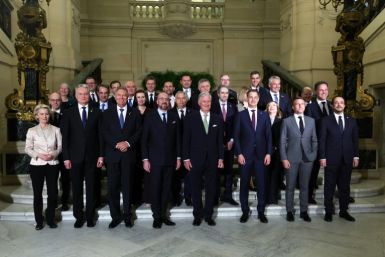China’s Actual Rare Earths Shipments in 2012 Down By 3.5%
Actual shipments of rare earths in 2012 by China reached only 16,265 metric tonnes, declining by 3.5 per cent versus a year ago, official data released by the China Customs Statistics Information Center on Tuesday showed.
It was likewise a far cry to the 2012 export guidance that the country set at 30,966 tonnes.
Moreover, the center said the total export value in 2012 also dropped by 66 per cent year-on-year to $906 million.
in December 2012, China set its first batch of rare-earth export quotas for 2013 at 15,501 tonnes. The amount would already account as its half-year quota.
Rare earth elements or rare earth metals is a collection of 17 chemical elements in the periodic table, namely scandium, yttrium, and the 15 lanthanides. They are integrated into many modern technological devices, including superconductors, samarium-cobalt and neodymium-iron-boron high-flux rare-earth magnets, electronic polishers, refining catalysts and hybrid car components primarily batteries and magnets.
Of the 17 elements, it is neodymium and dysprosium which are seen to be on the brink of supply in coming years, according to a research by the Massachusetts Institute of Technology's Materials Systems Laboratory in 2012.
The supply shortage was being induced by the rapid developments in the global green energy movement, the research said. The fast demand growth for high-performance permanent magnets needed to make batteries for hybrid and electric cars and motors for wind turbines will push demand for neodymium and dysprosium to soar at an extraordinary rate.






